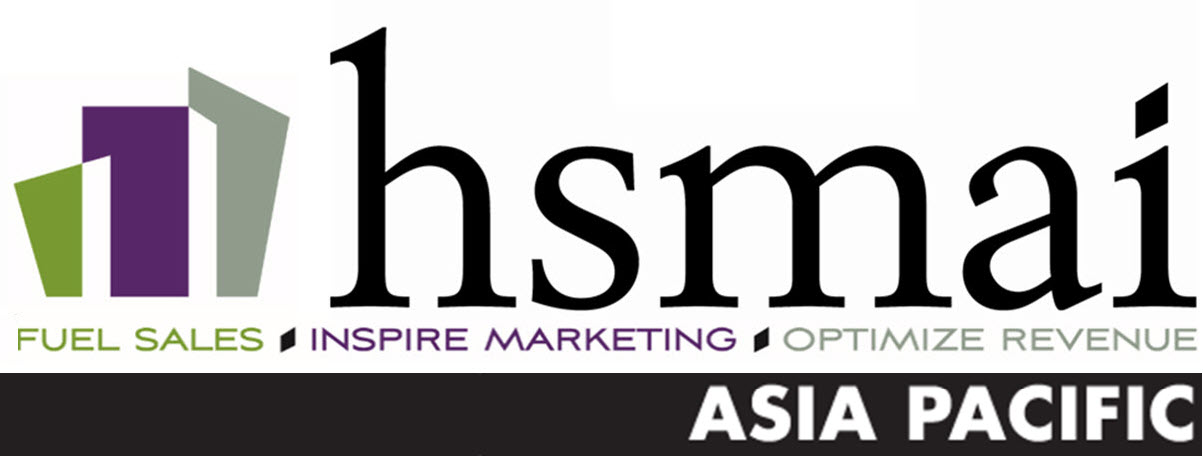 Segmentation. Targeting. Relevancy. These are not new concepts. Time and time again these words are thrown around and yet most of the time when it comes down to it, they remain just that; words. What hotels often fail to realise is that putting these words to action could spin your marketing straw into gold – and you don’t need to have a PhD or a wizard to make it happen.
Segmentation. Targeting. Relevancy. These are not new concepts. Time and time again these words are thrown around and yet most of the time when it comes down to it, they remain just that; words. What hotels often fail to realise is that putting these words to action could spin your marketing straw into gold – and you don’t need to have a PhD or a wizard to make it happen.
By breaking your database down into more manageable pieces you can reduce the number of variables influencing the success of your campaign; making it easier to pinpoint what is and isn’t working. Even the most basic segmentation strategies can help you refine your marketing, identify niche markets and better understand your guest behaviours and preferences to increase the relevancy of marketing.
Ultimately, how you choose to slice and dice your market is entirely up to you, but if you are struggling to get started, or just need some inspiration, here are 4 criteria for segmentation to kick it off:
GEOGRAPHICAL
You don’t need to get complicated to be effective. Just knowing where your guests are can make a world of difference. For example, a guest in Perth is less likely to respond to a 48-hour weekend offer for a Sydney hotel. Just as some living in Brisbane are unlikely to attend a Father’s Day luncheon in Singapore – as our CEO said when he received such an email, “Not unless they’re including flights and accommodation”.
Geographic segmentation is a logical starting point as it is one of the easiest ways to divide the market and increase the relevancy of your marketing. Think about the market you are trying to entice and where they’re going to be – Are they travelling locally, nationally, internationally? Are they from a hot or cold climate? Do they come from the city/country/beach? – your guests’ needs, wants and desires will change based on their location. Leverage this to provide them with an offer they can’t refuse.
BEHAVIOURAL
Think of your PMS as an encyclopedia of your guest’s behaviours; everything you need to know from their preferences and requests to their stay and spend patterns. You can track nearly every move they make in your hotel. This information provides you with another invaluable method of segmentation for targeted marketing. Take lead time for example, you might find that on average your leisure markets book their stays at least 2 weeks out, while your corporate guests tend to book 3-4 days out. So, already you know when your guests are likely to be looking for a hotel. You can leverage this to send out relevantly timed campaigns and offers.
DEMOGRAPHICAL
This form of segmentation is most desire form of segmentation. Demographics include variables such as age, gender, race, marital status and income, and provide endless opportunities for segmentation to help you deliver more relevant communications. Hotels can segment their markets using demographic variables to deliver variations in offers and/or information to better appeal to each segment.
A prime example of how the market can affect the message you send is Millennials’ notorious reputation for experiential travel. Leverage the information you have on your target market to draw them to your hotel; such as a list of any upcoming events or the top sites to see in the area.
Whilst demographics are a treasure trove of opportunities, many hotels lack the process to ensure they are collecting such information. Do all your guest profiles have their birthdays attached to a profile? If you answered no, then how would you segment by age? What about income? It’s pretty safe to say, the standard check-in process at a hotel is unlikely to ask how much you earn. However, having a full postal address from your guest can help you segment by demographic profiles; which offers detailed information on the type of area they live in, e.g. High End Family or Mid-status suburban.
BENEFIT
You can even work in reverse when it comes to your segmentation. Instead of starting with an offer and choosing a target market, why not pick a target market and create a tailored offer – because not all offers are created equal in the eyes of your guests. A book direct offer done this way will be more enticing to your guests that often book via an OTA, than to your loyalty members who book direct all the time. Likewise, a 15% off food and beverage offer is nothing to a loyalty member who already receives a 20% discount as part of the program.
Effective marketing starts with your segmentation strategy. Your guests don’t want to feel like they are just like everyone else, so why would you talk to them as if they are? Your marketing is going to be more effective if you know who your guests are – you can’t appeal to their needs, wants and desires without asking some questions first. Think about who you are talking to, and deliver communications that resonate.
Segmentation will come easy when you have an effective CRM application at your fingertips. Contact InTouch Data to get more information on dataArc.


